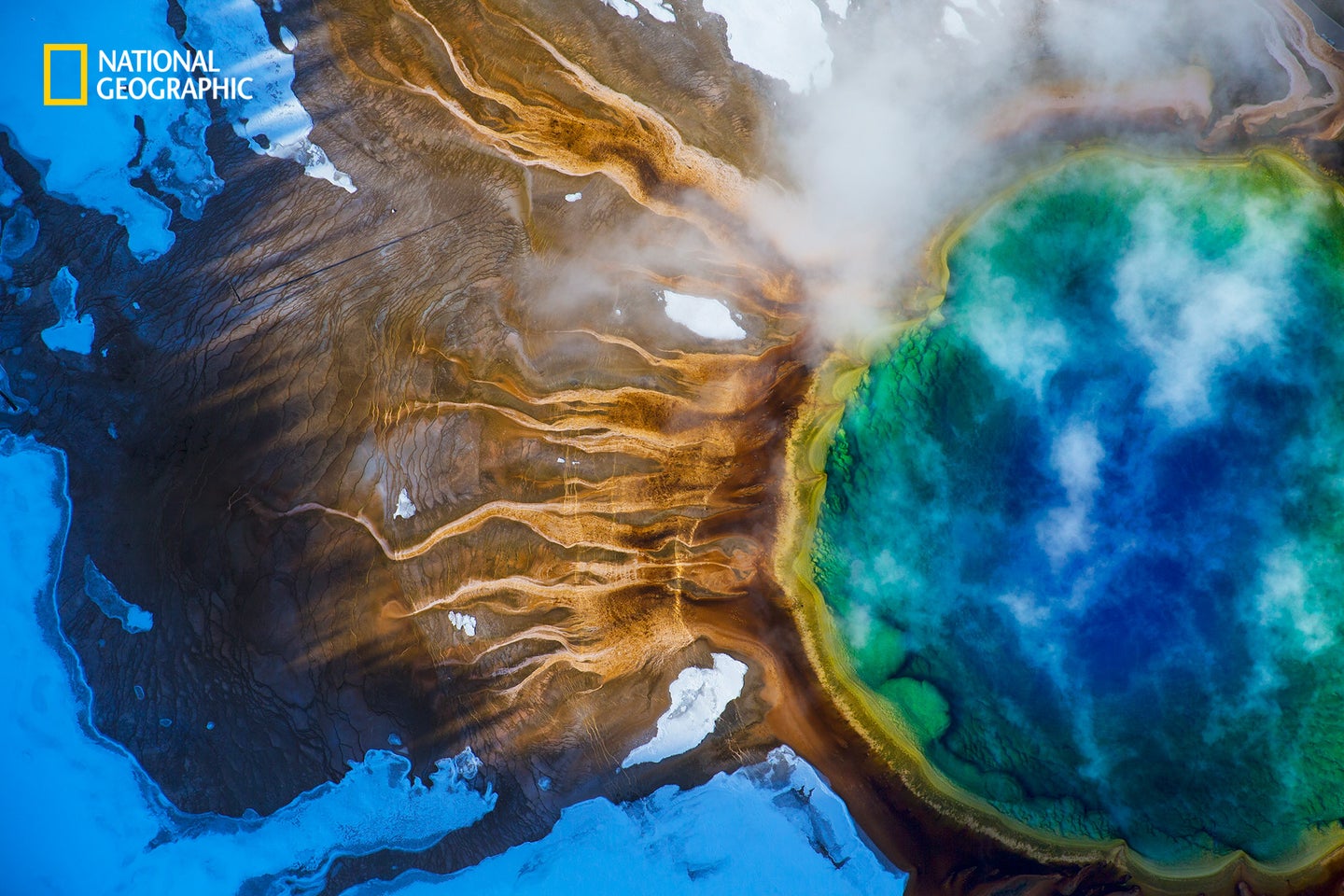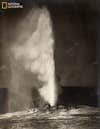Yellowstone National Park turns 150—take a look back with these stunning photos from its past
The first National Park celebrates its 150th anniversary this month.

Nearly 150 years ago, Yellowstone became the first official National Park in the United States and has served as a much-loved destination for nature and landscape photographers ever since. The 3,468 square mile piece of protected land spans three states, is home to a number of animal species, and a diverse array of landscapes. To celebrate the park’s 150th anniversary, National Geographic has compiled a stunning photo gallery highlighting the park’s beauty over the years.
Below are some of our favorites.
Geothermal features

The ancient underground supervolcano beneath the park is responsible for some of its most well-known and most photographed natural wonders like the Old Faithful geyser and the Grand Prismatic Spring.
Old Faithful is located in the park’s Upper Geyser Basin and as the name suggests, it’s known for its frequent and mostly predictable eruptions. It currently erupts about 20 times a day, for anywhere between one and a half to five minutes, and expels between 3,700 -8,400 gallons of water each time. It’s one of the most accessible features in the park, so if you are looking to capture it without a crowd, consider planning your visit early in the morning, after 6 pm, or during the winter months.
The Grand Prismatic Spring is probably the most photographed thermal geological feature in the park—thanks in part to its vibrant colors. They’re the result of microbial mats that make the water appear orange and red in the summertime and dark green during winter.
Wildlife

The park is also home to a wide variety of animals such as bears, bison, foxes, wolves, elk, and antelope—making it a top choice for wildlife photographers. If you are trekking to Yellowstone to photograph these animals, make sure to bring a long-lens and keep your distance. Park visitors are required to stay 300 feet from bears and wolves and 75 feet from bison, elk, and other animals.

Animals will be present in different parts of the park depending on the time of year and current weather. Unsurprisingly some of the best times for photographing wildlife in the park happen in winter and early spring, when crowds are at a minimum.
More inspiration
Check out more of the stunning images compiled by National Geographic here. Feeling inspired? Consider submitting some of your own photos from Yellowstone to our Photo of the Day challenge for a chance to be featured in our weekly readers’ gallery.
